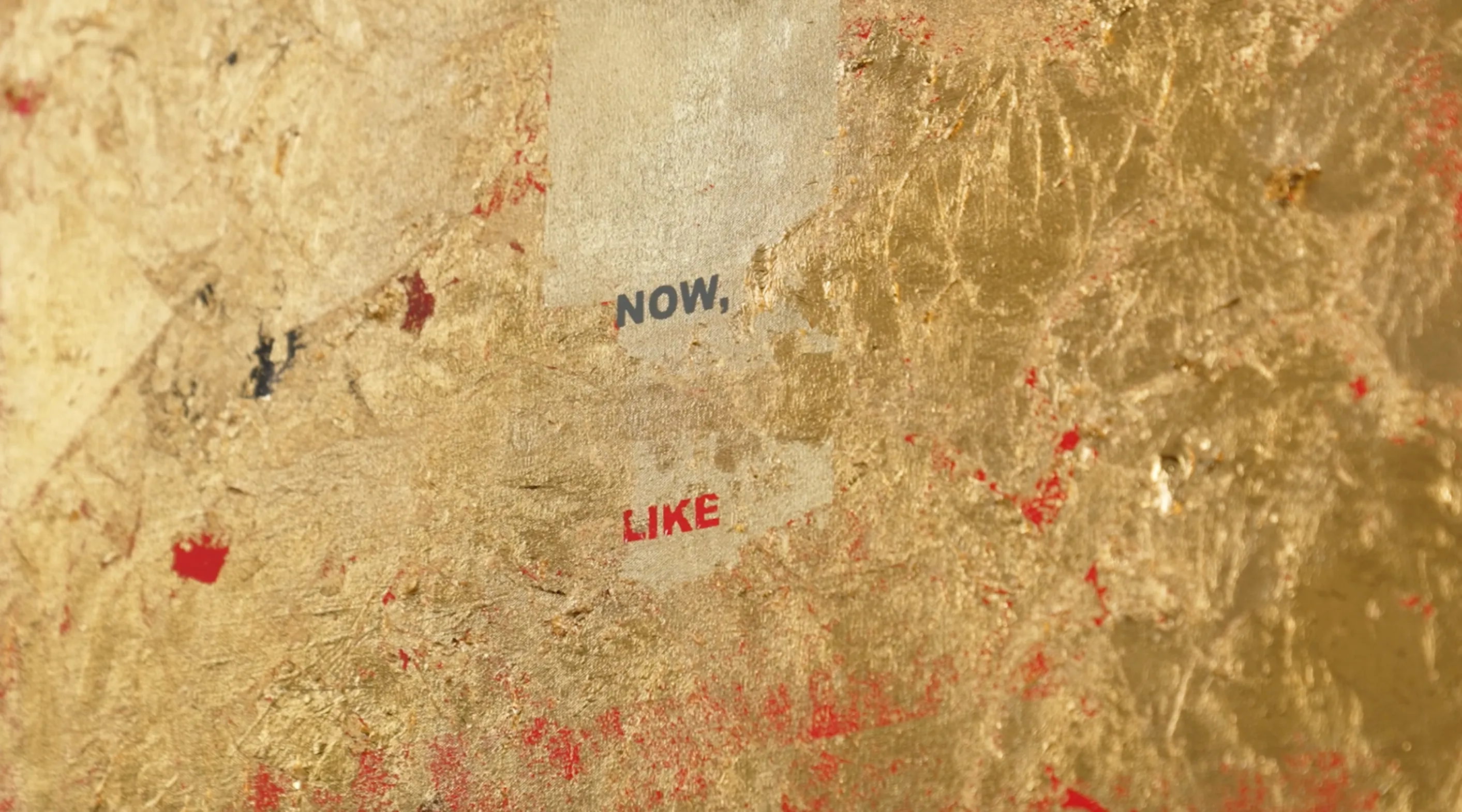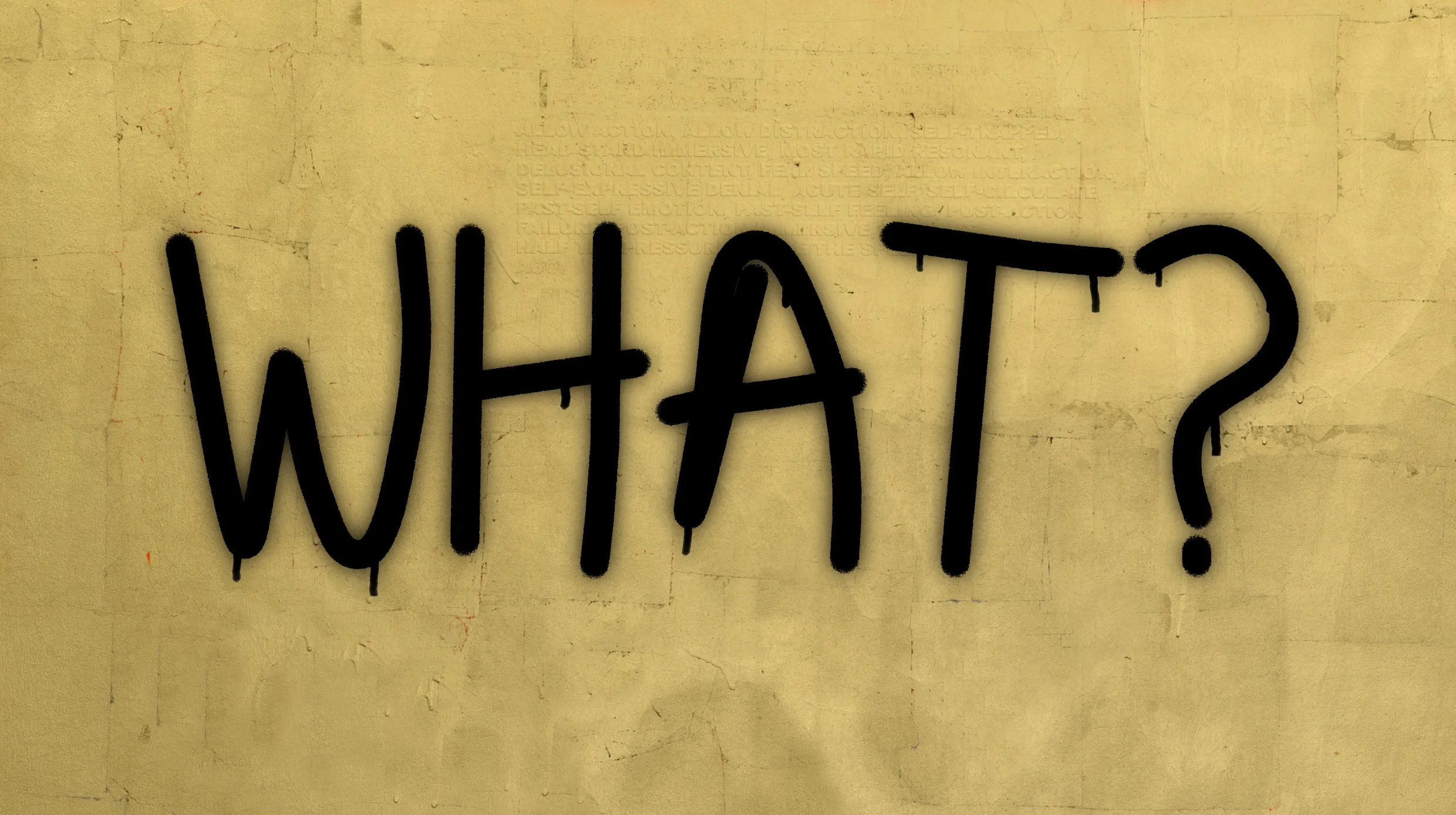
Stefan BrüggemannH3ADLINES AND LAST LINES
- Presented by
- The Island
Opening event
Saturday 25th November 2023
4 - 5pm: Jan Robert Leegte with Pita Arreola (Digital Art Curator, V&A)-
5 - 6pm: Haroon Mirza with Kostas Kostas Stasinopoulos (Curator, Serpentine)
6 - 10pm: DJ set by AHMD (Artists Eddie Peake, Prem Sahib and George Henry Longly)
Free & Open to Public
25 - 26 Nov 2023
Address
9 Cork St
London W1S 3LL
This commission features bold, impactful statements rendered in a minimalistic aesthetic. The artwork explores the power of language and its ability to convey complex ideas, emotions, and social commentary. Stefan Brüggemann uses final lines from iconic movies and presents them as standalone statements that are juxtaposed with prominent headlines from media outlets sourced in real time.
Taking information from two original starting points, the texts are layered and saturated over each other in spray paint. The elements of reality (news) and fiction (movies) animate in front of viewer’s eyes, blending easily and reflecting the current state in which “the more information you have, the less you know,” as the artist highlights.
Each on-chain piece is unique and uses the on-chain medium to source new headlines three times a day, every 8 hours, altering the piece and often manipulating the wording through AI with the aim to mimic the artist’s editing process. The artwork dynamically incorporates headlines from prominent media outlets and juxtaposes them with popular culture references. The selected lines are often enigmatic, ambiguous, or thought-provoking, inviting viewers to reflect on dominant themes and narratives present in our everyday life.
By merging news headlines with texts of cinematic origins, the artist prompts audiences to question the role of media in shaping our understanding of reality and how language can be manipulated or distorted. The artist’s approach to language is influenced by advertising slogans, political propaganda, and mass media, reflecting a critical examination of the ways in which communication shapes contemporary culture.
This work is presented as part of HERE, an event dedicated to digital art taking place at 9 Cork Street, Frieze Gallery in London. This event represents an extension of Verse's ongoing partnership with galleries and artists who have shown dedication to fostering the growth of digital art within the contemporary art scene.
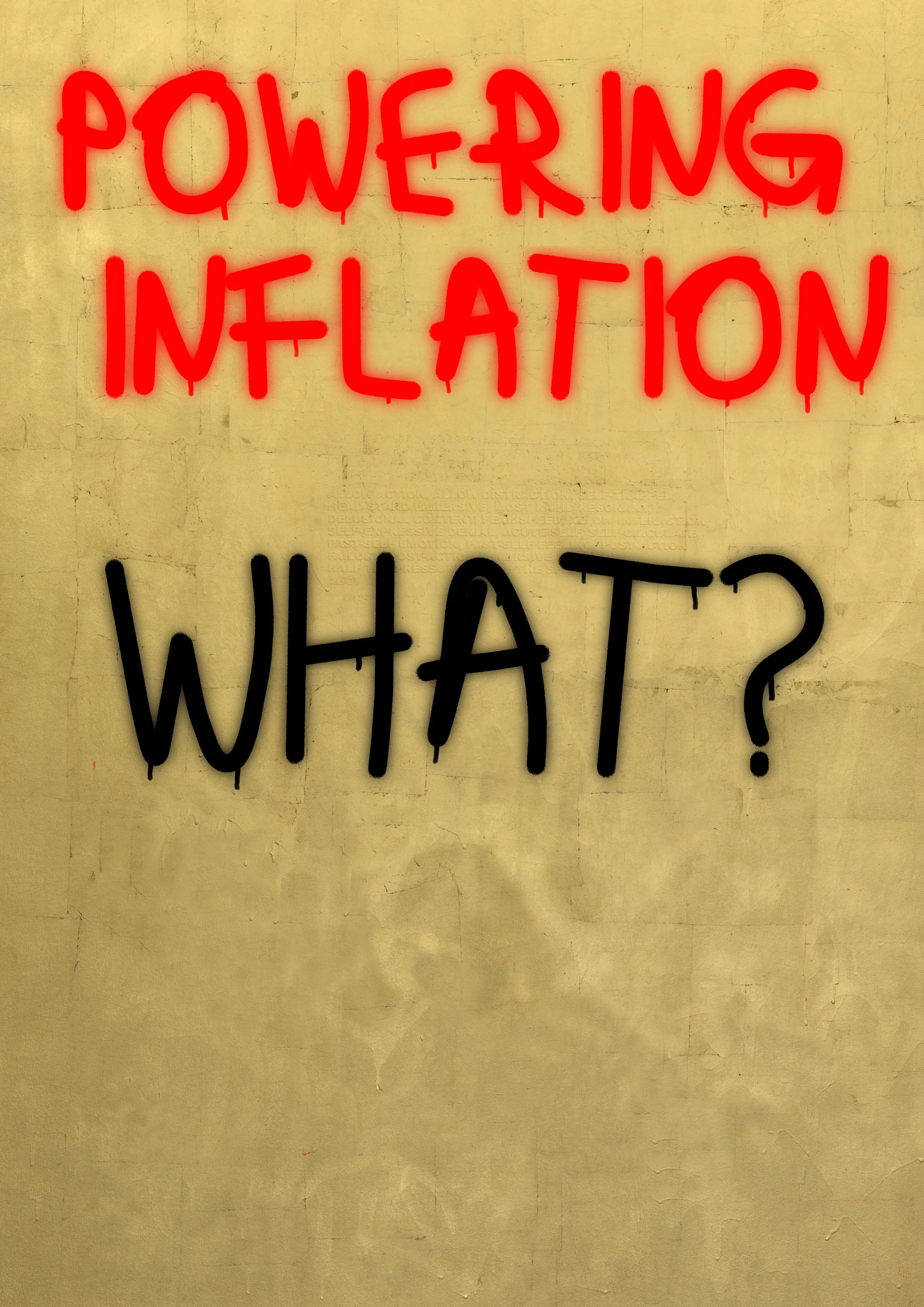
#1 THE GRADUATE
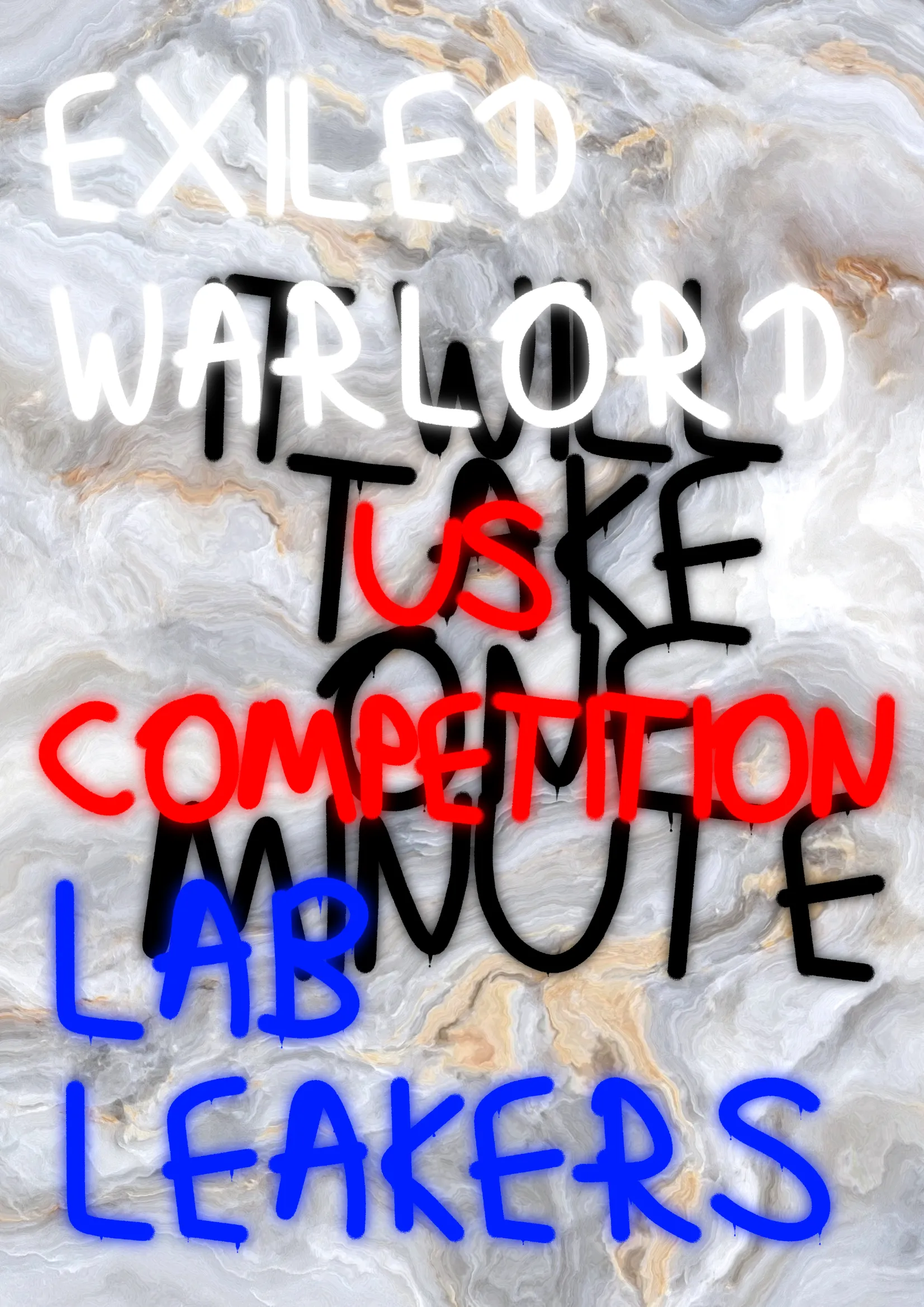
#21 SCHINDLER'S LIST
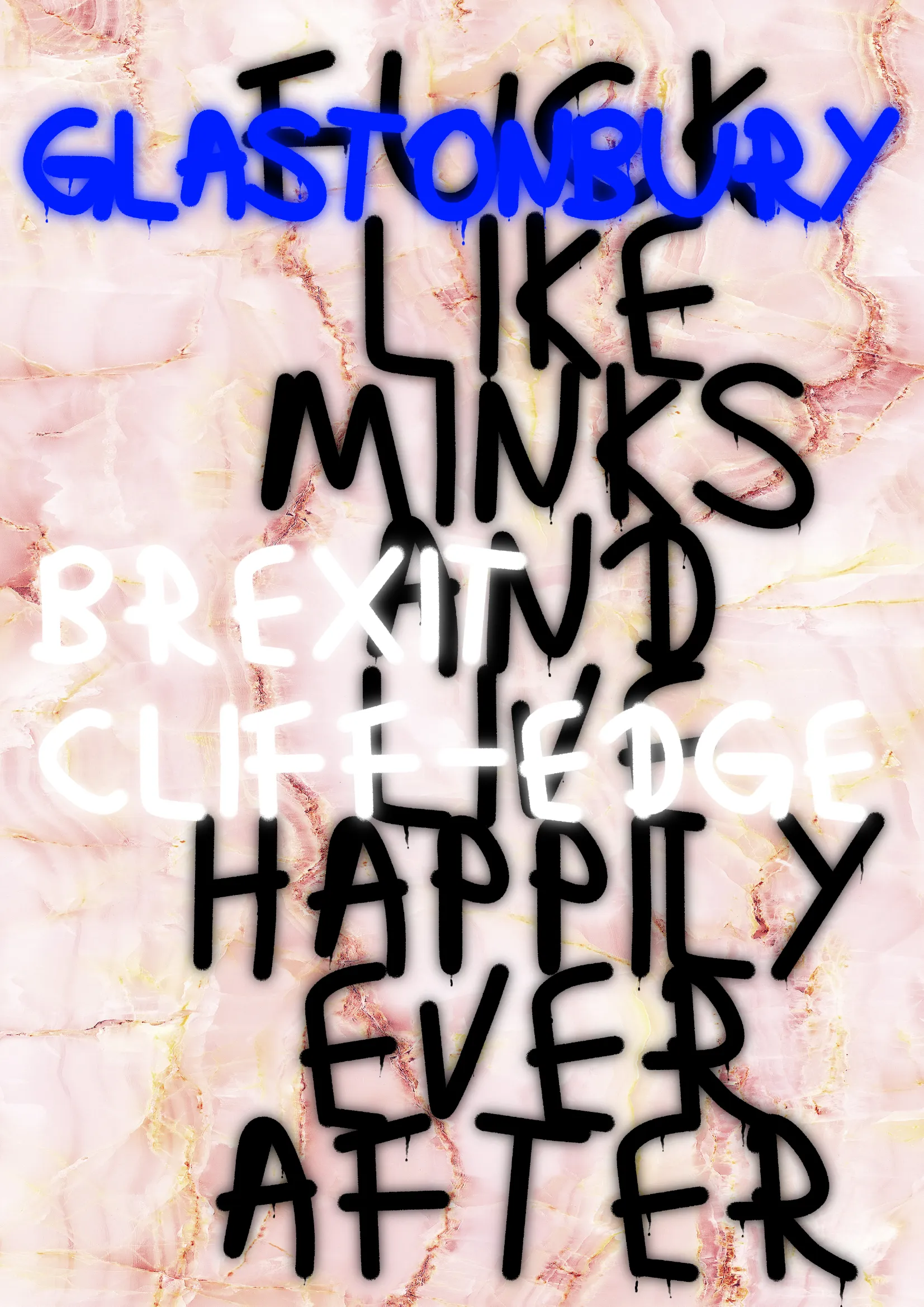
#41 BASIC INSTINCT
Brüggemann’s first generative on-chain series of sixty pieces stemmed from his 2023 exhibition Not Black, Not White, Silver at Mostyn in Wales. The series has some familiar features present in his more traditional artwork, but each individual work changes every eight hours. As such, the entire collection is updated every eight minutes. The owners of a work can freeze it for the first year after minting and when that year ends, the piece settles in its last cycle and will never change again. There are three constitutive elements to each artwork: the backdrop, which can be a rendering of gold, white or pink marble; a quote appropriated from a popular film, like The Graduate, written out in the artist’s hallmark spray-painted graffiti; and, lastly, a politically-balanced, reworded newspaper headline selected by an A.I. software from a present-day, English- speaking international news outlets. It is this last component that changes three times a day. The responsibility for choosing and rewriting the news headlines is delegated to an algorithm trained to impersonate Brüggemann’s use of language and calligraphic flair.
How can we unpack Brüggemann’s entry into the on-chain movement in the context of his artistic practice? There are two main explanations. The first is that his preoccupation with digital media and how it has led to an oversaturation of information is longstanding. In his Hyper-Palimpsest of 2019, for example, the black-on-black texts permeating the walls of the exhibition gallery—including ‘FORGET/THIS/DEVICE’ and ‘SUBSCRIBE/&/COMMENT’—signal online culture. Discussing the work, the artist maintained that it ‘[...] posited that the aesthetic of our control-copy control-paste, 24-hour news society is an ever-obliterating palimpsest of digital white noise.’ The second reason is that Brüggemann has always been interested in how different media can convey information and meaning in varied ways and is keen to explore new possibilities unlocked by the blockchain and A.I. He has explained his adoption of the blockchain in the following terms:
I didn’t want to just replicate a painting or a photo but to produce a work that can only exist in that format, using the possibilities that painting and photography does not offer but on chain-technology does. I’m not using on-chain art in an opportunistic way but in an experimental way, which has taken me to create artworks I couldn’t produce in any other medium.
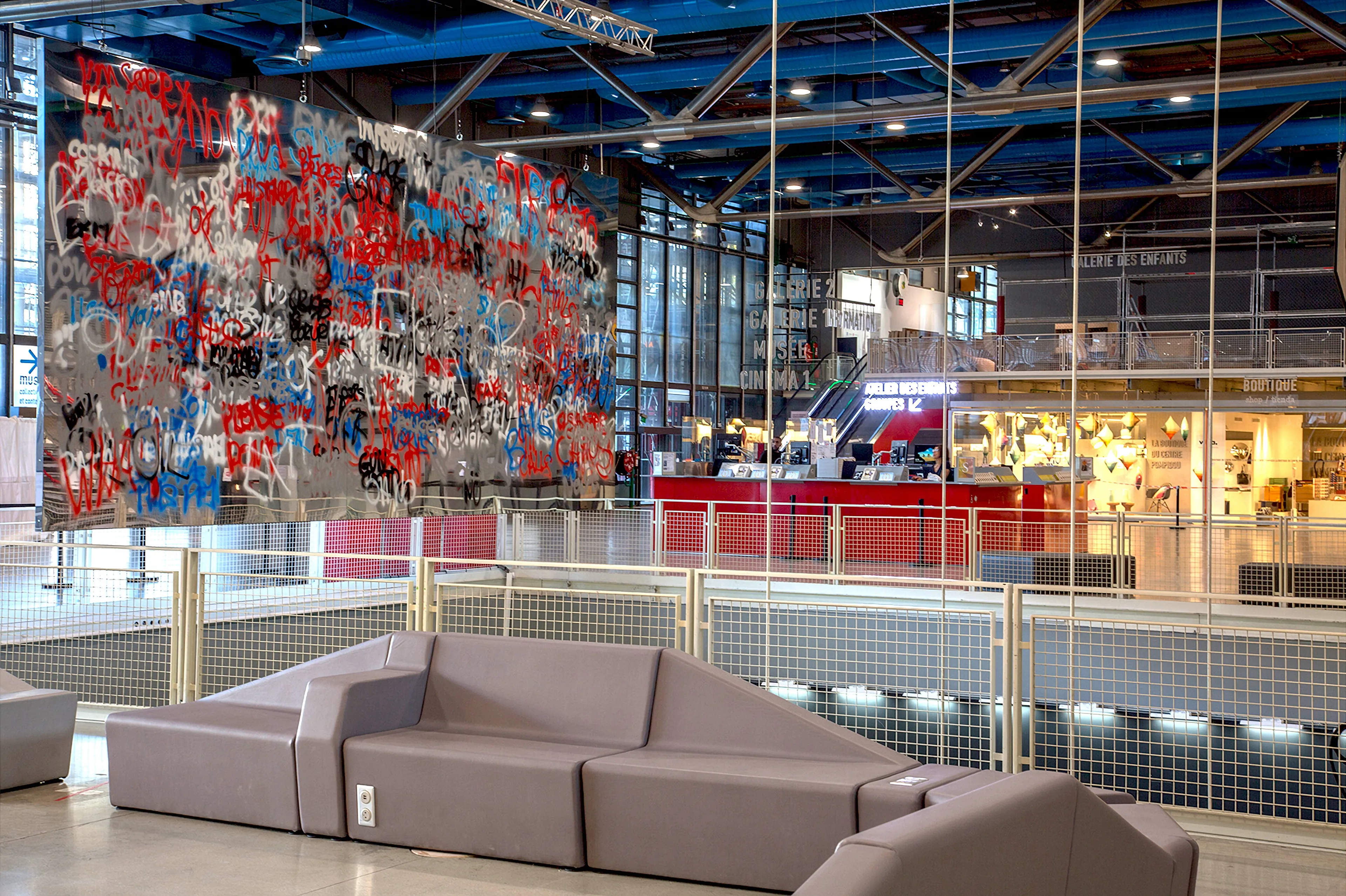
Headlines and Last Lines in the Movies (Guernica), Centre Pompidou, 2019
Throughout his career, Brüggemann has displayed a fascination with the potential of media not only as carriers of meaning but also, critically, as inevitable conduits of art historical legacy. Take, for instance, his use of mirrors and language in 2016’s Trash Mirror Boxes (After MV). This work is a set of forty-four boxes fabricated from mirrors, with the word ‘TRASH’ slapdashery written on each of them in capital letters. Made to look like removal cases, the boxes have what appears like packing tape imprinted on the top and bottom end. Trash Mirror Boxes are paradoxical, even inane pieces. They are removal containers that are so fragile, that they can never fulfill their function; their materiality violently short-circuits their intrinsic function.
Here, Brüggemann is paying homage to Meyer Vaisman’s Trash (1991)— This is distinctly signaled in the title of the work. There are also additional links to Andy Warhol’s Brillo Boxes (1964) . The art historical riddle is further amplified by his use of mirrors—a clear-cut reference to Robert Morris’s cubes of the 1960s that reflect the world around them and change depending on their context. With the inscription, Trash Mirror Boxes begs the question: what is being labeled? Is it the boxes that contain ‘trash’ or the reality around them that is being disparaged? Both? A removal box’s raison d’etre resides in its interiority. Brüggemann’s trash, however, turns this logic inside out.
As evidenced by Trash Mirror Boxes (After MV), Brüggemann is keenly aware of how context changes an artwork. Language and material often operate in conflicting and paradoxical ways. Such is the case in his Eroded Painting (Amazon) of 2022. For this piece, one of the world’s most valuable materials delicately coats the entire canvas, offering a distinct nod to Yves Klein’s Monogold series. Both artists use a precious metal as the intrinsic material of the work and interrogate notions of worth. Does the value rest in the piece’s materiality or its form? Brüggemann further adds a layer of complication by seemingly defacing the shimmering surface of the canvas with graffiti. Using red, white and blue, he inscribed the word AMAZON right at the centre of the pictorial plane. The use of gold could reference both precious metal mining in the Amazon rainforest, and, given that it was penned in the colours of the American flag, the giant online retailer. This double message is deliberate. He has maintained the most important thing is ‘[...] that the work is a generator of doubts.’ Brüggemann is always calculating with his choice of media. Gold is brimming with symbolic significance in spiritual, metaphysical, historical and economic terms. It is its mirror-like ability to adapt to its environment that, for him, is one of its most alluring characteristics. Regarding the use of gold in his work, he has maintained that: I like this idea of temporality, that the piece will adapt to different situations and different contexts in the immediate future, just as the gold surface is sensitive to what is happening in front of it, to changes in the light and the way that people walking around it create shadows.
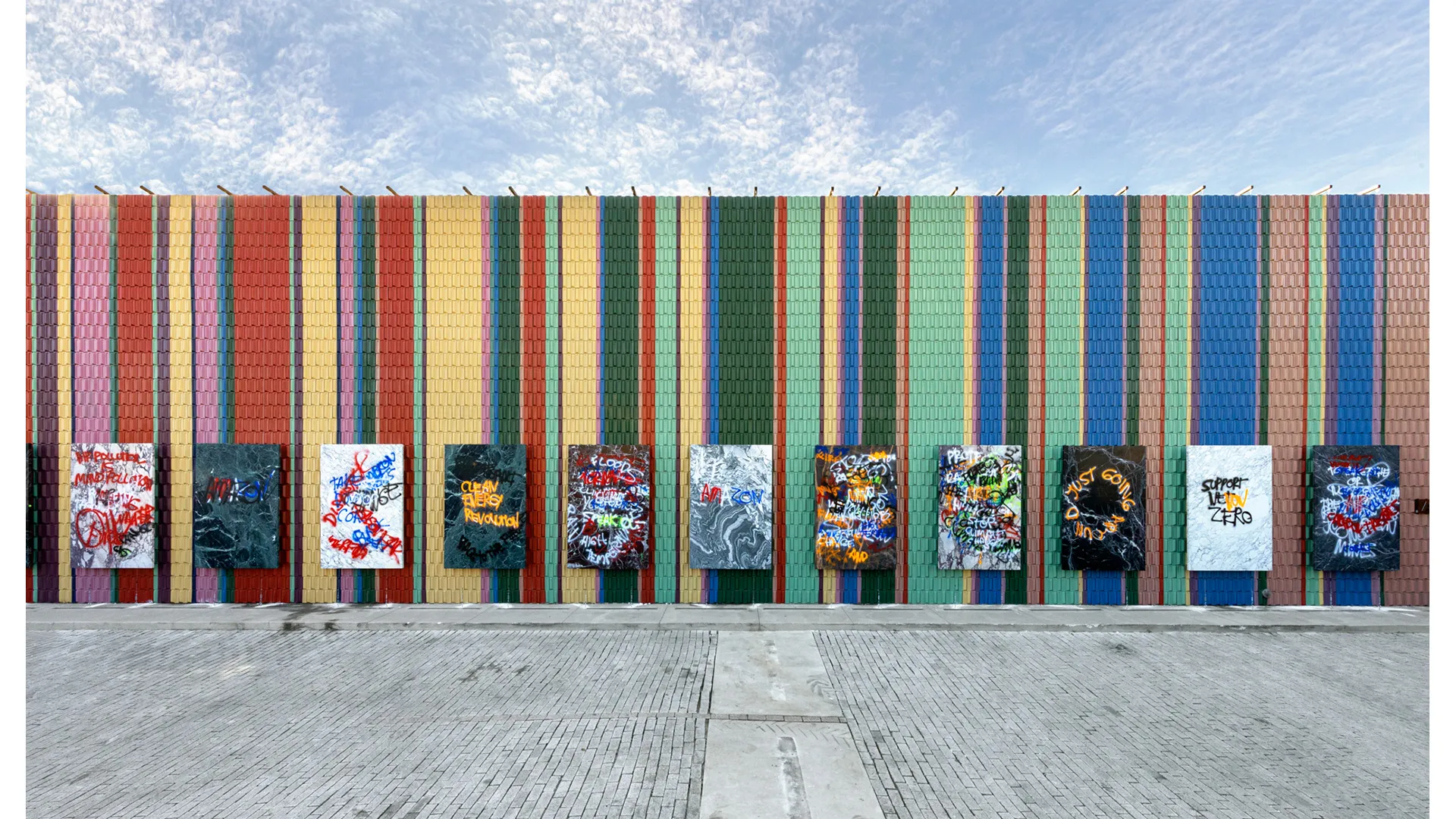
Eroded Paintings, 2021, Miami, USA.
This sentiment also explains his fascination with reflective surfaces. It also crucially shows why his participation in the on-chain movement is a continuation of ongoing preoccupations exhibited throughout his career. Traditional media cannot respond to current realities in quite the same way as the blockchain can. No other format would allow him to not only intertwine numerous types of text and surfaces so easily and seamlessly, but also—given that the work adopts real-time headlines—to concomitantly respond to its political climate with such forceful immediacy.
Some would argue that Brüggemann’s employment of A.I. in his on- chain work leads to a loss of artistic agency. Yet, regardless of the media he is
working with, he has always happily surrendered control when it comes to the readings of his art. ‘The meaning of an artwork,’ he has stated, ‘lies beyond the death of an artist.’ By delegating decisions to a technology he taught— and thereby preserving artistic agency—he creates an on-chain work that can generate meaning (and doubt) ad infinitum and remain relevant by engaging with our immediate reality in unprecedented ways.
Brüggemann’s endeavours are evidence that each medium presentsunique opportunities for expression, while revealing the immense potential that on-chain art and A.I. provides a committed artistic practice. He always carefully selects a few well-orchestrated and fruitful partnerships that derive their strength from within the interstice between language, abstraction and, more recently, code. These media often travel in opposite directions and collide at speed to produce a violent eruption of meaning that scatters in different trajectories, never to meet again. It is for the viewer to pick up the pieces and enjoy taking part in Brüggemann’s open-ended game of doubt.
Commissioned by The Island Published by AI21C Foundation for Alaska Editions
